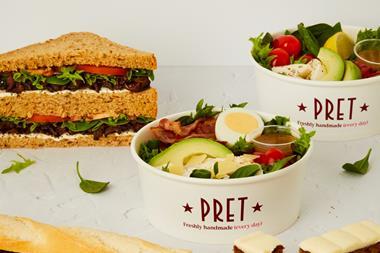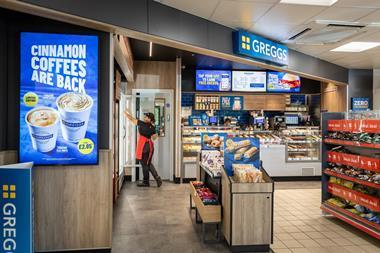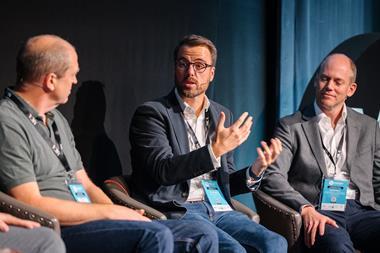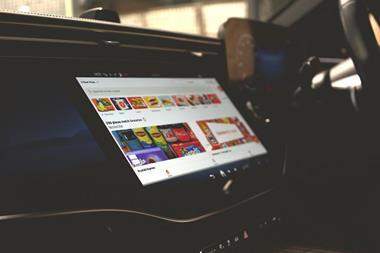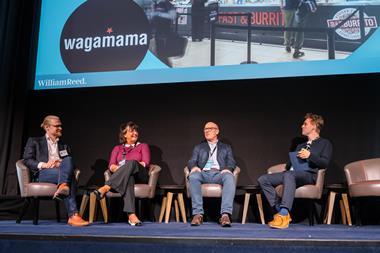Tom Gatehouse of Egg Soliders examines the contrasting approaches to loyalty at Greggs and Pret - and asks whether the fast-moving world of web3, decentralization and virtual reality could inform the next generation of consumer apps

Earlier this month, while discussing Greggs’ sales and growth strategy during a press call, CEO Roisin Currie remarked: “Customers love the fact that their loyalty is rewarded when using our app.”
Such a well-framed quote. All about the customer, very little about Gregg’s themselves.
She could easily have put it another way:
“Our app has really captured customer interest, with our reward scheme driving sales.”
Both are entirely valid, but the differences are clear.
When it comes to the world of incentivised loyalty, it’s a sense of connection, or a “love” of the brand and service, as Currie puts it, that’s the real trick.
Loyalty schemes are built with community in mind, subscription or otherwise. And Greggs is far from the only brand reaping rewards from the concept of ‘giving back’ to its fans and followers.
But, as Pret discovered back in March, it doesn’t take much for such relationships to hit rocky waters.
Pioneers of the high street chain subscription model, Pret made the seemingly innocuous tweak to its Club Pret app that required subscribers to log in each time they wanted to claim a free coffee or discount.
The pivot was pushed as a move towards a “more complete digital experience” by the brand, encouraging greater in-app interaction as part of the Pret journey.
But, of course, Pret was targeting those of its users sharing the benefits.
Up until that point, QR codes were sent to customer emails for redemption – a loyalty ‘loophole’ that allowed for widespread sharing with non-subscribers.
And Pret’s move has been hit by a perfect storm of troubles.
Customer convenience was hit hard. Signal dead zones in stores reportedly prevented some subscribers from accessing the app to claim benefits, only increasing the ‘faff’ factor of the new method.
And technical issues with updates and app lockouts led to the brand issuing refunds last month.
While unconfirmed by Pret, you can be sure that more than a few have unsubscribed, taking their £30-a-month promise elsewhere.
It would be easy to blame a big part of this on the tech. Indeed, Krispy Kreme – whose largest investor is Pret owner JAB Holdings – has experienced similar app issues of late, with customers unable to redeem rewards or log in altogether.
But Pret’s pitfalls, in a chaotic nutshell, is a great example of how fragile the world of loyalty and reward is when you take the emphasis off community, however justified, even for a minute.
I remember back in 2022 when a slew of UK high street big guns (Pret included) joined the digital reward bandwagon within weeks of each other, ramping up the battle for lasting consumer loyalty.
That was the same year I was delving into potential future trends with Web3-based digital food initiatives in the US.
These initiatives included decentralised autonomous communities (DAOs) - complex digital arenas constructed to bring customer closer to brand and product, underpinned by elements of exclusivity with rewards and gamification, wrapped up in a genuine sense of togetherness.
It should be said that, as of today, the bold digital frontiers of ‘Web3’ are yet to really hit our shores, with adjacent elements such as NFTs dead on their feet.
But my horizons were certainly broadened during that time in terms of what might be possible in the future within the concept of restaurant subscriptions and loyalty schemes.
How about unlocking hidden menu options, limited time offers, or discounts ‘for life’ through exclusive in-app purchases and subscriptions?
Or strengthening your digital community with customer ‘decision makers’, doubling down on brand connectivity with incentivised flavour, format, or packaging voting opportunities?
The point here is that regardless of how ‘far-out’ those innovating within the digital subscription model were going with their schemes, they all seemed to be pushing beyond the concept of simply ‘giving back’ in the form of redeemable reward.
Now, I’m certainly not saying that Pret were wrong to tackle the issue of reward-sharing among its subscribers. Far from it.
They may just need to weather the storm, with the sharing crackdown a move to ‘take away’, however necessary.
There’s no right answer here. But, in a perfect world, going off learnings from Web3, the future could be about ‘bringing in’ – fostering community to the point whereby the customer might actually feel part of the brand and operation.
Isn’t that the ultimate loyalty perception?


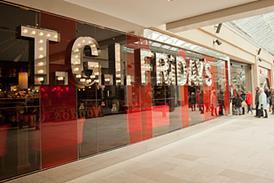
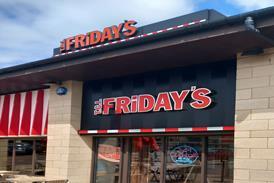














![Zizzi_Sainsburys_RusticaMargherita[1]](https://d36hgjhwuw81py.cloudfront.net/Pictures/274x183/4/2/1/343421_zizzi_sainsburys_rusticamargherita1_806300.jpg)






